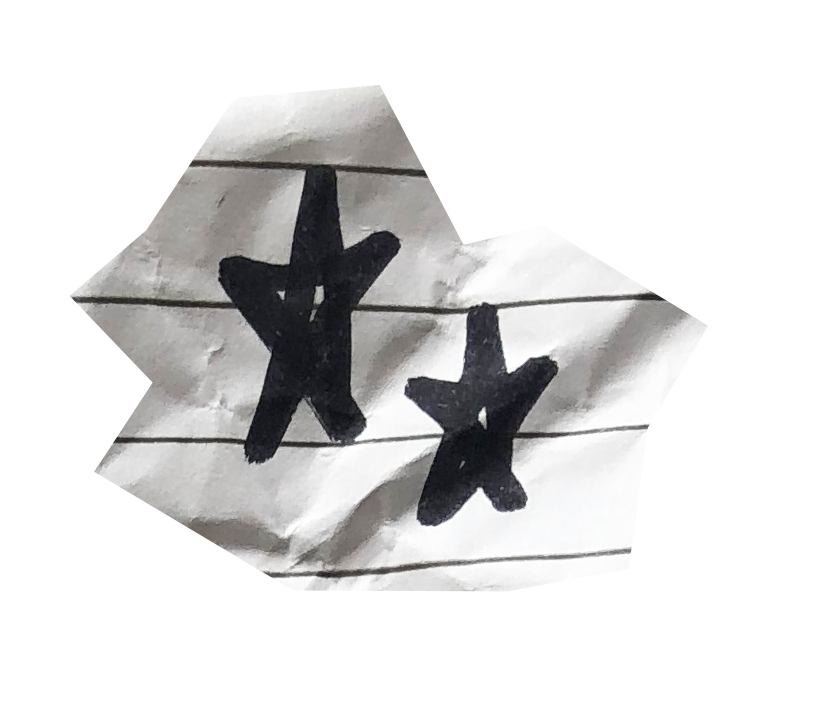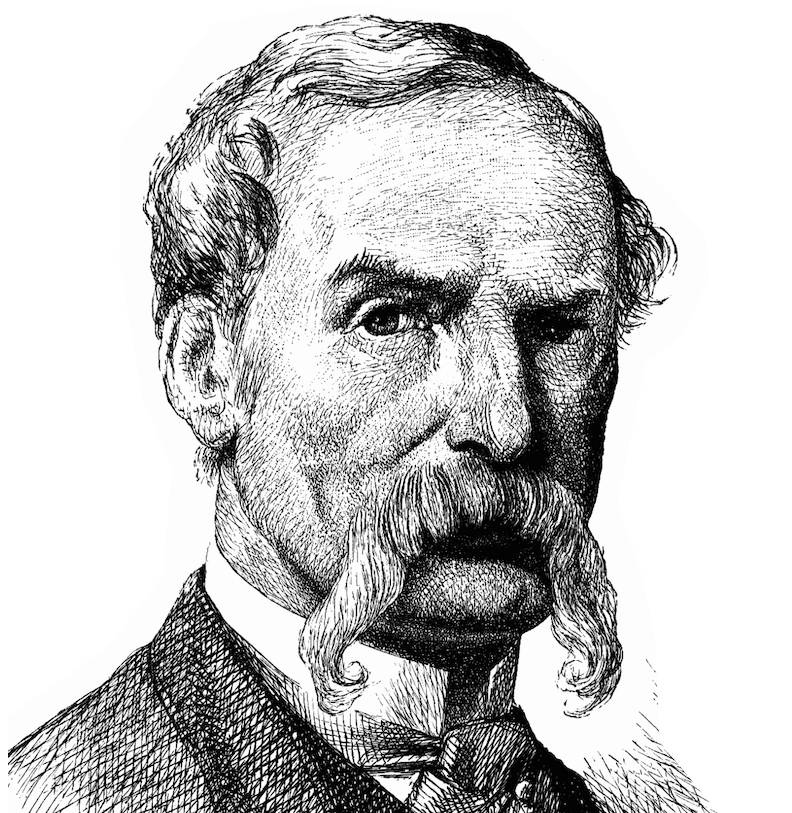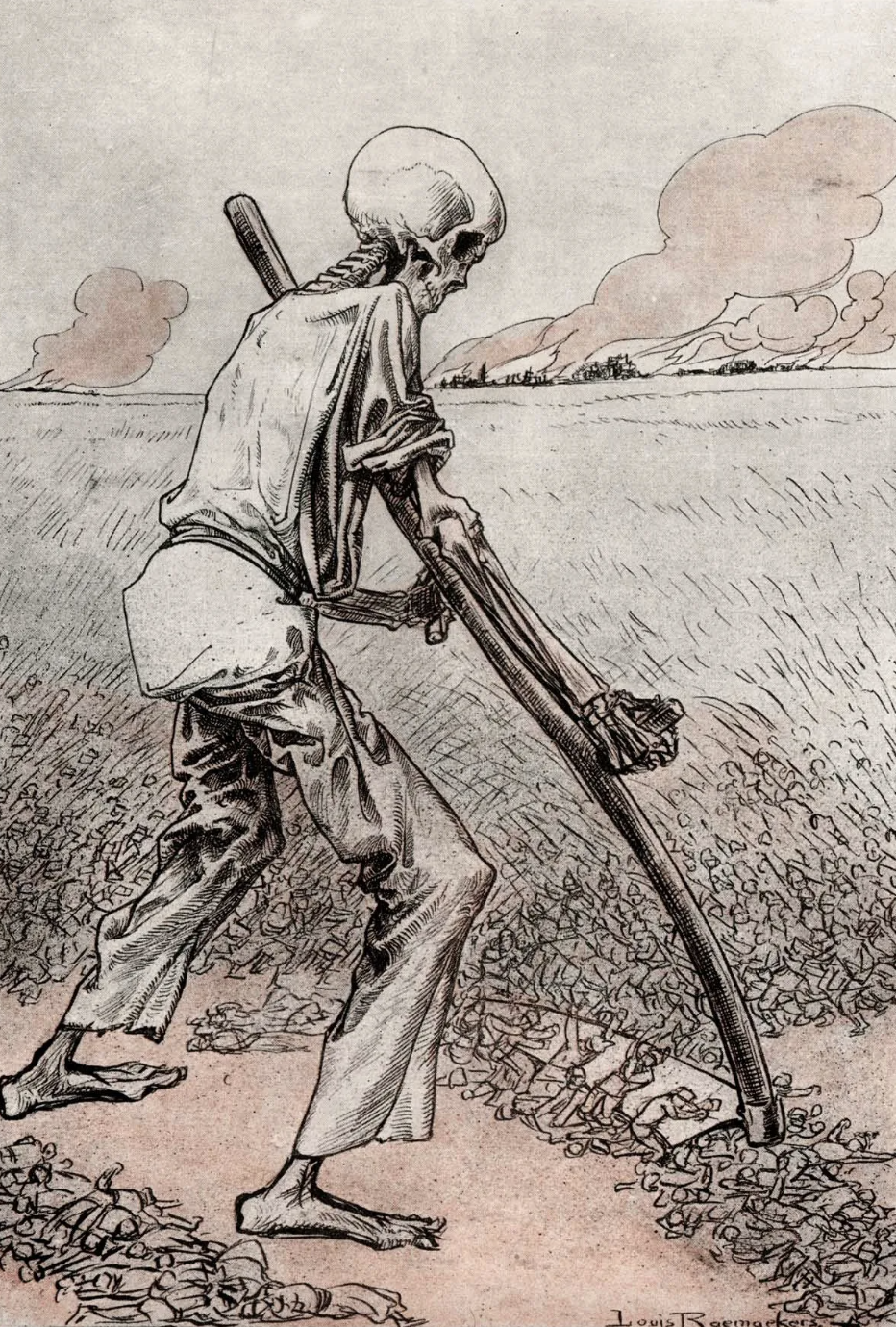Editorial illustration goes back as far as even before the invention of the printing press, which was first mentioned around 1439. Illustrations were carved onto wooden plates and printed onto paper with ink. This allowed illustrations to be mass-produced.
Domestika.org
https://www.domestika.org/en/blog/6750-what-is-editorial-illustration-and-how-can-i-launch-my-career-as-an-editorial-illustrator#:~:text=Origins,politically%2Dcharged%20from%20the%20beginning
'Editorial illustrators would severely criticize what was happening in society, meaning their work was politically-charged from the beginning.'
The beginning of the 20th century seemed to be a golden age of editorial illustration. The work of editorial illustrators was reaching more people than ever, thanks to a reduction in costs of the process.
However, the rising popularity of photography caused a major decrease in demand for editorial illustration.



Sir John Tenniel was an artist who created illustrations during the 20th century. He spent 50 years as a political cartoonist for Punch magazine. He’s most known for his illustrations for Lewis Carroll’s Alice’s Adventures in Wonderland and Trough the Looking Glass. In 1893, he was knighted for his artistic achievements.
Tenniel studied at the British Royal Academy for a while but quit when he started to exhibit his own artworks at the age of sixteen. During his training, he spent time drawing illustrations that he copied from books, and drawing animals from the zoo in Regent’s Park. This helped him develop his cross-hatch style. However, he didn’t enjoy making observation drawings. He liked it best when he could draw from imagination, instead.


John Tenniel and Lewis Caroll met in 1864. Tenniel agreed to make 42 illustrations for Caroll’s book, Alice’s Adventures in Wonderland. After he completed his drafts, Carroll only like one of Tenniel’s drawings. Both of them were perfectionists, and they spent most of their time together arguing over details.
https://mymodernmet.com/sir-john-tenniel/
https://mymodernmet.com/sir-john-tenniel/
Louis Raemaekers was a Dutch art teacher, illustrator, and political cartoonist. He was an outspoken pacifist, and his cartoons were often expressing his pacifist views. When Germany invaded Belgium during World War I, Raemaekers was outraged. He used his cartoons to become one of Germany’s greatest critics. He also strongly believed that the Netherlands could not stay neutral while their neighbours were suffering.



His cartoons would often cover the front page of the Dutch morning paper De Telegraaf. His illustrations were so powerful, that many criticized Raemaekers for endangering Dutch neutrality. His prints were often confiscated by the Dutch government, and it has been said that Germany had put a price of twelve thousand guilders (about €135,000 today) on his head.
Raemaekers’ influence and popularity grew fast and had gone international. His illustrations were printed as postcards in France, he became a celebrity in the UK after a successful exhibition in London, and an album featuring his most popular cartoons was eventually translated in eighteen languages. The book even got a special ‘Note of Appreciation’ from the British Prime Minister.
By 1916, his influence had reached its top. There were pamphlets, posters, albums and postcards. Even cigarettes were sold with Raemaekers cards. His drawings were exhibited on all five continents. Eventually, by the end of 1917, he was published in more than two thousand newspapers on both sides of the Atlantic. The Americans, who had previously felt that they had no business interfering in a distant foreign war, titled in favour of the allied nations. Raemaekers message had been heard, and under his influence, the direction of the war was changed.
https://mymodernmet.com/sir-john-tenniel/
The in 1954 founded Graphic design studio ‘Push Pin studios’ had a great influence on contemporary illustration. Whitney Sherman, director of the MFA in illustration practice at MICA, says that ‘’Push Pin threw everything out the window in terms of referencing style’’. Founders Seymour Chwast, Milton Glaser and Edward Sorel drew from a wide array of sources. From fine art to comic books, and from Victorian typography to woodcut illustrations. They brought new life to graphic and editorial design and by the late 1980s, illustrators were free to combine, experiment and celebrate different historical styles and methods.
https://www.minniemuse.com/articles/musings/push-pin-studios
https://creativecloud.adobe.com/cc/discover/article/looking-back-to-look-forward-illustration-styles-of-the-past-30-years?locale=nl
1850
Gustav Klutsis - Oppressed Peoples of the Whole World, 1924
Louis Raemaekers - The Harvest is Ripe, 1914
The Constructivist movement started in 1917. It had roots in the Russian avant-garde and was influenced by the abstract style, pure form and energy of Cubism, Futurism, and Suprematism. The movement tried to break free from traditional forms of art, design, and architecture. Constructivists artists created both political posters and commercial advertising, forever linking the style to political activism.
This type of art is recognizable by its’ use of geometric shapes, flat colours, extensive white space, and bold sans serif fonts. It also used photomontage, which provided a new illustration technique for the new age.
Architect Walter Gropius was made director of Staatliches Bauhaus in Germany in 1919. He combined two art schools in one institution and put fine arts and applied arts into one curriculum. With this Modernist approach to design education, students were encouraged to experiment and find their own voice as designers.
The school explored advanced ideas about architecture and color, and experimented with printing, photography, and typography. The school became a foundation for design schools today.
https://creativecloud.adobe.com/cc/discover/article/looking-back-to-look-forward-illustration-styles-of-the-past-30-years?locale=nl
1440
1914
1917
1954